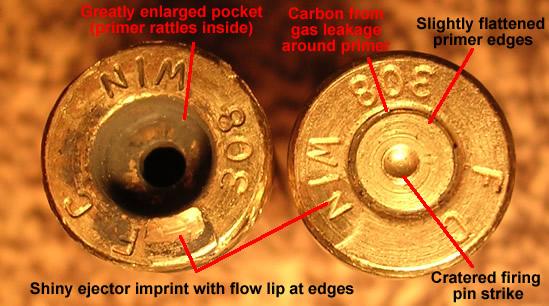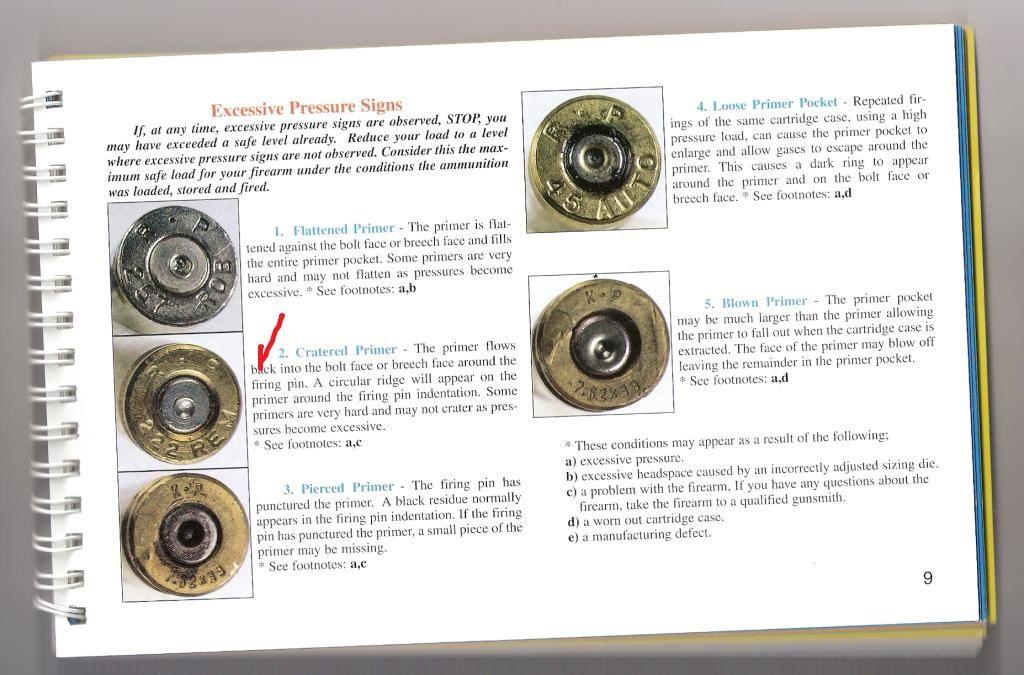betolatinlu
Well-Known Member
- Joined
- Mar 1, 2011
- Messages
- 62
I like to start at a couple of grains below maximum and work up in increments of .5 grains or lessHi guys just looking some advice. I am slowly getting into reloading for my 308. Guidelines in lee reloading manual min 43 - 47 max gr . I loaded around 100 between the guidelines and think I was grouping good at 47grs. I haven't shot in awhile, I am using 165 hornady gr gmx. I have around 50 rounds loaded at the max 47 gr maximum guideline. Is this OK? Or should I have kept a little below it? I've probably been reading to much different opinions on this on the web and now I'm a bit concerned I shouldn't have loaded at the maximum figure incase its not safe.
Any help from someone with experience would be great thanks. The rifle I am using is a Remington 700 varmint.
Maybe it's a stupid question I've asked but I've limited knowledge of reloading and want to keep everything safe.
If you load as many as you did and yout later find that it's too hot a load for your rifle that's a lot of bullets you're gonna have to pull.



